Reviews
Ken Russell
USA, 1980
Credits
Review by David Carter
Posted on 01 May 2012
Source Warner Bros. DVD
Categories Favorites: Transformations
Paddy Chayefsky is one of the twentieth century’s most renowned dramatists, praised for his successes as a playwright and as one of the progenitors of television drama in the early 1950s. He is however best known for his screenplays, most notably Delbert Mann’s Marty, Arthur Hiller’s The Hospital, and Sidney Lumet’s Network, all of which earned Chayefsky Academy Awards and are considered essential by many critics and scholars. Chayefsky’s contributions to print are considerably smaller. He only wrote one novel, 1978’s Altered States, a vast departure from his previous work, not only for its medium but its subject matter. Nonetheless, he would adapt it for the screen in Ken Russell’s 1980 film of the same title. Despite the notorious clashes between the two men as to what direction the film would take, it remains a standout in each’s oeuvre.
Altered States is the story of psychologist Eddie Jessup, who is loosely based on real-life psychologists Timothy Leary and John C Lilly and their explorations of human consciousness in fifties and sixties. Jessup’s work with schizophrenics spurs a renewed interested in events from his own past, particularly the quasi-religious visions he experienced as a child. Jessup is able to recreate these visions in himself via a sensory-deprivation chamber, where he takes increasingly long journeys into his subconscious while under the watchful eye of his collaborator Arthur. The visions he experiences allow the rational scientist to come to terms with the irrational incidents of his past, but after marrying Emily, a fellow scientist, and getting a professorship at Harvard, Jessup abandons his research into altered states of consciousness via the sensory-deprivation chamber.
Seven years later, Jessup is plagued by the idea that he gave up too soon and separates from his wife in order to devote his entire focus to his goal: the identification of the quasi-mystical concepts of the “true self” and genetic memories. He first journeys to Mexico to participate in the ritual ingestion of psychotropic substances with indigenous mystics who promise to show him a vision of the beginnings of humanity. Jessup experiences the start of an illuminating vision but then loses consciousness and is unable to remember what he saw.
He returns to the States with the mystics’ potion and begins experimenting in a controlled setting with Arthur’s help, but still experiences a “black out” before the crucial part of the hallucination. To enhance the experience, Jessup resumes his use of the sensory-deprivation chamber, this time in combination with the psychotropic drug. Confirming his theories, Jessup begins to hallucinate that he is a primitive human fighting for survival at the dawn of time. This mental regression has a physical side-effect as well: each time Jessup regresses mentally, his physical body begins to devolve into that of a pre-human ape man. Jessup begins to experience transformations outside of the chamber, but remains determined to experience the beginnings of life despite the dangers to himself.
Altered States is an early example of body horror cinema, and its dual focus on physical and psychic transformation borrows from Cronenberg’s early work and prefigures his Videodrome. There is a much earlier antecedent, however: that of Dr. Jekyll and Mr. Hyde. There are many parallels between Jessup and Jekyll/Hyde, chief among them being the use of science to initiate a “regressive” transformation of both body and mind. Jessup, like Jekyll or any cinematic mad scientist, is driven by a sense of duty to knowledge. He must take the experiment to its logical conclusion because he can and, in true mad scientist fashion, Jessup believes that only he can. Altered States lacks the good versus evil dynamic of Dr. Jekyll and Mr. Hyde, and instead takes place in a moral vacuum. Jessup is an archetypal scientist, caring more for his quest for the unknown “truth” that he seeks than he does for his family, friends, or even himself, thus he’s willing to sacrifice all if need be. Chayefsky’s screenplay doesn’t chastise him for this lack of feeling, but instead depicts Jessup as a brave pioneer of the mind. It is a refreshing take on the mad scientist narrative, but one that makes the film’s emotional ending feel sudden and out of place.
As with all body horror, Altered States is narratively structured to place a primacy on scenes of Jessup’s physical transformation. This is the unintended result of his research and thus is the main conflict of the narrative. The first time he experiences a transformation, it is unseen. His vocal chords become a laryngeal sac, a physical trait found in primates but not humans. This change is registered on x-rays of his throat and the importance of this discovery is conveyed to the audience - who are most likely unaware of the scientific importance of the change - via the characters’ shocked reactions. The first visible transformation occurs later that night as Jessup’s arms and chest begin to undulate in an excellently realized scene wherein his entire body appears to become pliable. He stares quizzically at these transformations; though in immense pain, it is clear that Jessup is more curious than afraid. His concern grows as his brow extends to resemble that of a Neanderthal, but his body reverts to normal suddenly, leaving open the question of whether or not the mutations are real or simply hallucinations.
Jessup’s next experiment results in his transformation into the pre-human he earlier imagined himself to be. Disappointingly we are denied the transformation itself, seeing only the result, but it works narratively and the sight of a hairy simian arm opening the chamber door is one of the film’s best shocks. The final transformation sequences are shown in great detail are among the best examples of corporeal dissonance in cinema. Jessup’s final experiment takes him beyond the dawn of man to the beginnings of time itself, reducing his body to primordial sludge in the process. His final form looks a great deal like Belial from Henenlotter’s later Basket Case: a single arm attached to a mound of flesh; mouth permanently fixed in a silent scream. This terminal experiment opens up “the void” that existed prior to the big bang but Jessup is saved by Emily, who risks her life to pull him out of the vortex. The film’s climax sees Jessup unable to maintain his physical body in the aftermath of the experiment and he must struggle against a piece of “the void” which is now inside him in an attempt to retain his humanity.
The main issue of contention between Chayefsky and Russell allegedly centered on the latter’s direction to the cast to give their lines in a hurried, frenetic manner rather than the methodical, scientific style the author envisioned. Russell’s decision makes more sense for the narrative, as it allows for a characterization of Jessup as a man so driven and full of ideas that they literally spew forth in bursts. The conflict between the two artists is ultimately the reason why the film is successful. Russell’s psychedelic mysticism is counterbalanced by Chayefsky’s rational humanism, and vice versa. In a bit of synchronicity, the conflict of mysticism versus scientific rationality is the central theme of Altered States. Jessup’s life is consumed by a desire to bring the world of the supernatural into the laboratory; to quantify, measure, and contain the human soul and possess the fundamental truths and secrets it holds. Similar to the way in which Chayefsky’s rationality ultimately yielded to Russell’s psychedelia, Jessup finds peace not when he achieves his goal but when he accepts that it is impossible.
More Favorites: Transformations
-
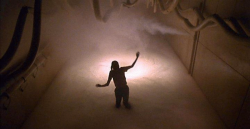
Altered States
1980 -
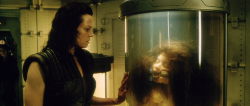
Alien: Resurrection
1997 -
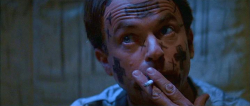
In the Mouth of Madness
1994 -
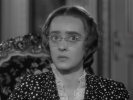
Now, Voyager
1942 -

Honey, I Shrunk the Kids
1989 -
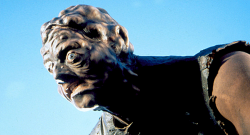
The Toxic Avenger
1984 -
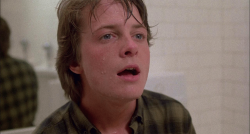
Teen Wolf
1985 -

Teen Wolf Too
1987 -
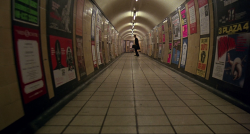
An American Werewolf in London
1981 -
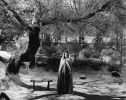
The Curse of the Cat People
1944 -
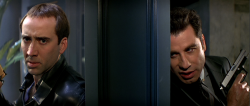
Face/Off
1997 -
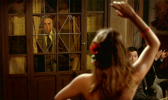
That Obscure Object of Desire
1977 -
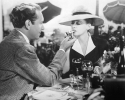
Now, Voyager
1942 -
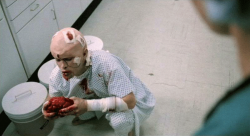
From Beyond
1986 -
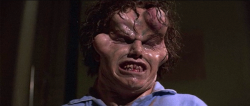
The Beast Within
1982 -
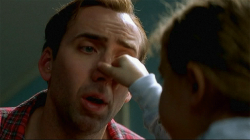
The Family Man
2000 -
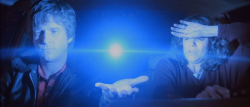
Starman
1984
We don’t do comments anymore, but you may contact us here or find us on Twitter or Facebook.



